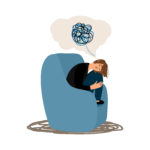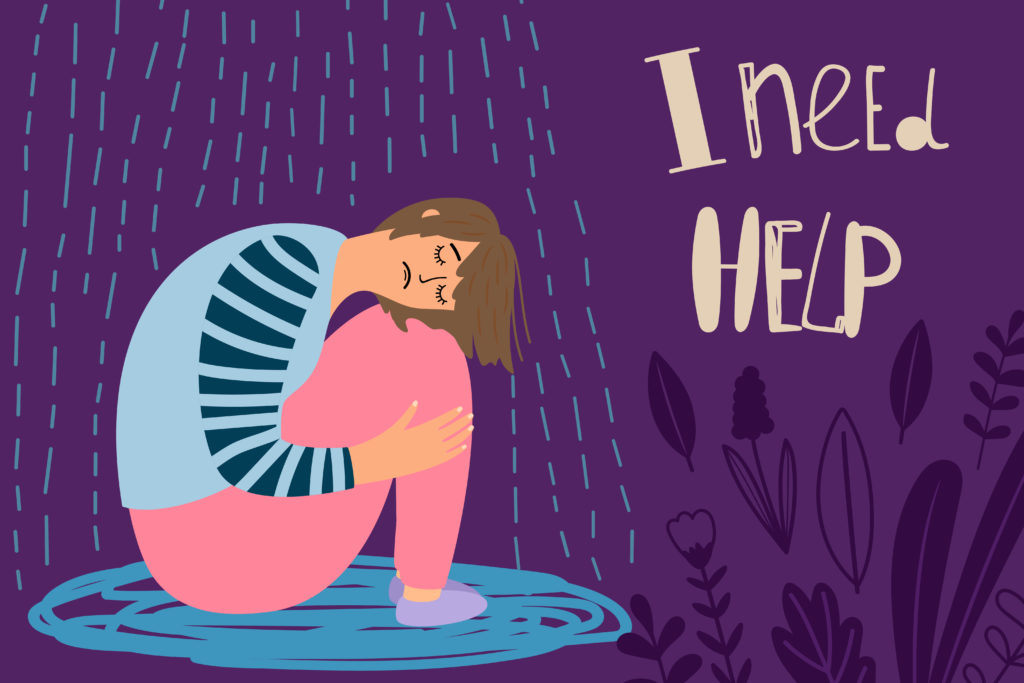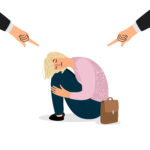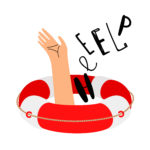
Teen Self-Harm
Defining Self-Harm
Unfortunately, parents are often so scared by their adolescent’s self-harm that they overreact. Self-harm in teenagers has been increasingly growing problem. Cutting, or other self-harm techniques, boost endorphins within the teenager and allows a form of emotional “release.” Some parents overreact due to the shock, and they inadvertently shame their already ashamed child. In addition, some parents tend to assume that their child is going to take the “next step” and commit suicide. It is essential to know that self-harm does not always lead to suicidal behavior. However, It is crucial to recognize that self-harm is a response to underlying mental conditions that need to be addressed.
Chances are, your child is suffering from anxiety, depression, and/or bullying, and they have learned self-harm techniques to cope with the situations. They have developed triggers that onset the need to self-harm. The self-harm cycle is vicious. A teen will be struggling with a situation, feel triggered, need a release, cut (or other self-harm), and repeat. This cycle is typically done in private to hide shame, guilt, and physical wounds from outside observers. Self-harm can come in many different forms, although cutting generally is the first choice of self-harm and self-harm discussions. Other nonsuicidal self-injury may include
- Scratching
- Carving
- Self-hitting
- Self-burning
- Excessive scab picking
- Biting oneself
- Pulling their hair
- Fingernail biting, etc.
While some of the non-suicidal self-injuries listed above may seem like small ticks, teenagers who are self-harming will take those things to the next level if they are not dealt with. It’s not just biting their fingernails, but biting them until they bleed and refusing to stop even after that. It’s not just pulling a little hair out but complete removal of sections of hair and or eyelashes and eyebrows.
Finding New Coping Techniques
The goal of treating a patient with self-harm tendencies start with identifying the cause of the behavior. I will sort out with your teenager what causes the trigger. Is it stress? Is it when they feel their self-esteem drop? Maybe it is when they have self-doubt or hopelessness? Once we have identified the root of the problem, then I will start directing them to pay attention to their feelings rather than numbing themselves with harmful behavior. The truth is that emotions quickly come and go if you let them. If teens don’t try to fight, judge, or beat themselves up over the feeling, they’ll find that it soon fades, replaced by another emotion. Only when they obsess over the feeling does it persists.
Together, we will find new techniques that are a healthier approach to coping with hard feelings. A standard method I use is helping my patients to reverse their negative tendencies into more mindful and positive thoughts. I hope that each teen will boost their confidence and start developing a more positive mindset. That’s the start of the process—recognizing what causes your teen to feel the need to self-harm. We will then channel that into other strategies such as art or journaling. Using creative techniques builds a safe and open presence, which research supports can play a significant role in boosting mental health. With a journal, teenagers can prioritize the concerns that are weighing on them. Writing down thoughts and triggers every day can make them easier to identify and, in turn, provide an opportunity to be proactive with their negative thoughts and behaviors. By teaching your teen to be mindful of their stressors, they can prepare themselves and build methods to better cope.
Taking the Next Steps
During sessions, your teen and I will discuss the primary concerns and underlying issues happening in their life and why that has turned them into self-harm. A session lasts 50 minutes. I may ask questions about what is causing your teenager to self-harm. Many people find therapy to be a tremendous asset to managing personal growth, interpersonal relationships, family concerns, and the hassles of daily life. This is true for teenagers. Our goal is to find healthier solutions to solve their problems instead of self-harming.



